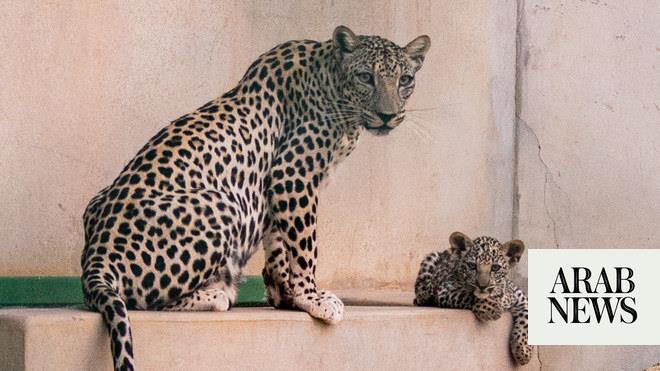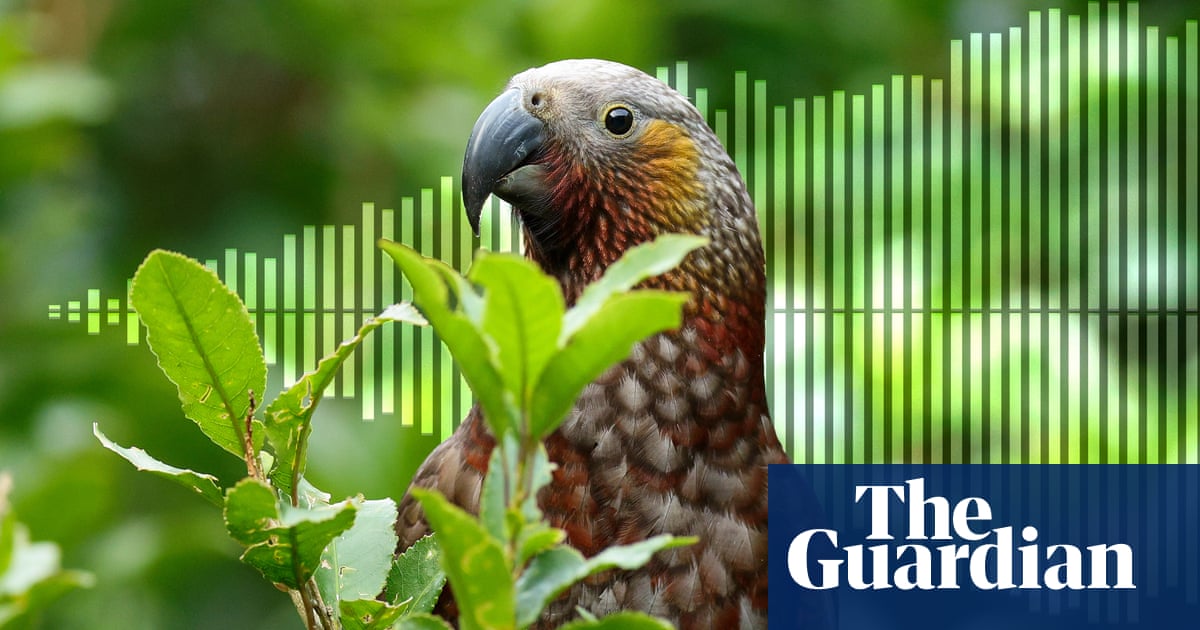
Every morning a trio of churra lebrijana sheep turn up eagerly for work, toiling away as children head to school and the rush-hour traffic grips the southern Spanish city of Seville. Shaggy, skittish and nearly extinct, the daily outing is an unconventional attempt to help save the rare breed – by putting them to work.
Since the start of this year, these churra lebrijana sheep – a breed indigenous to Andalusia whose numbers had dwindled to about two dozen animals – have spent hours each day grazing and getting to know the visitors to San Jerónimo park. The project is the culmination of a decades-long conservation effort by local officials and a bit of left-field thinking by ecologists.
“They’re two things that are well-suited to each other,” says Juan Cuesta of Ecologists in Action in Seville. “The sheep cut the grass, fertilising as they go, reducing the need for noisy and polluting machines, while we promote the recovery of this breed.”
The hardy sheep had long carved out an existence on the marshy lowlands of the Guadalquivir river, adapting to a landscape that swings from months of flooding to prolonged drought. As humans expanded their footprint, however, the marshes shrank from 150,000 hectares (370,000 acres) to less than 30,000 and the sheep were pushed out.
While other breeds found favour with farmers, few were interested in the churra lebrijana. “Sheep are exploited for three products: meat, wool, milk,” says Antonio Siles, a retired vet who has worked in the province of Sevilla for many years. “This breed produces only enough milk to feed her offspring, the wool is of poor quality and its meat isn’t particularly good because it was never bred for that.”
The breed’s coarse wool once was used to stuff mattresses. But when this practice began to decline about three decades ago, the number of churra lebrijana, also known as churra marismeña, plummeted. “It had practically disappeared,” says Siles. “I thought it would be such a pity to lose this breed. For me it’s just as important as the Iberian lynx or any other species.”
He began contacting farmers to see if anyone still had churra lebrijana sheep, and found about 20 animals. “We bought them all,” he says, and took them to a farm owned by the province in the Sierra Norte national park.
The intervention worked, and today there are about 400 of the sheep in Andalusia. “They are still in danger of extinction because there are very few of them, but we’re much better off than 20 years ago,” says Siles.
About eight years ago, amid concerns that having all of the sheep in one flock left them vulnerable to being wiped out by illness, Siles began to look for farmers willing to take a few of the animals. “It had to be people who had a soft spot for the breed, because economically speaking there is no profit to be made.”
Among those who expressed an interest was the Seville branch of Ecologists in Action. Six sheep were brought to the urban farm in San Jerónimo park that serves as the group’s headquarters, mingling with the resident chickens and goats.
But hopes of putting the sheep out to pasture in the park were dashed. “The breed is incredibly surly, it’s unfriendly,” says Cuesta. The sheep wouldn’t let any humans near them, instead darting away when anyone approached.
An unexpected break came last year when they realised that a handful of lambs that had needed to be bottle-fed had lost their fear of humans. “The character was completely different, more like a little dog that was fine with humans,” says Cuesta.
For the past eight months, the San Jerónimo park sheep have been brought out to nibble the grass seven days a week. “When I arrive, they’re at the door, bleating and waiting for me to take them out,” says Pepe Serrano, the volunteer in charge of taking the animals out to pasture.
The sheep’s shifts are punctuated with plenty of socialising with curious visitors and children eager to pet the woolly animals. Serrano uses these opportunities to share the story of the breed and the efforts to save it from extinction. “Most people tell me that they had no idea,” he says.
So far there has been one major issue: dogs. “They’re curious, they’re sociable and the sheep are a novelty. So they approach,” says Serrano. “The sheep are terrified, they dash away – sometimes you find them on the other side of the park.”
To keep the sheep under control as they graze, they are now secured to trees with a long piece of rope. The little flock has a constant companion, Pepa, the goat that they insist accompanies them everywhere. “They think the goat is their sister,” says Serrano. “If one goes out, they all have to go out. Otherwise they put on a whole show, bleating and running around. Until the four of them are together, they don’t calm down.”
Currently, the project is limited to San Jerónimo park due to a lack of resources and the question of whether the next generation of churra lebrijana will inherit their parents’ easygoing attitude towards humans.
In the meantime, there’s little doubt at Ecologists in Action that the daily outings are helping to save the breed. “They’re eating greens while people get to know them,” says Serrano. “It’s a way to make people aware that there is a breed that needs to be protected.”












